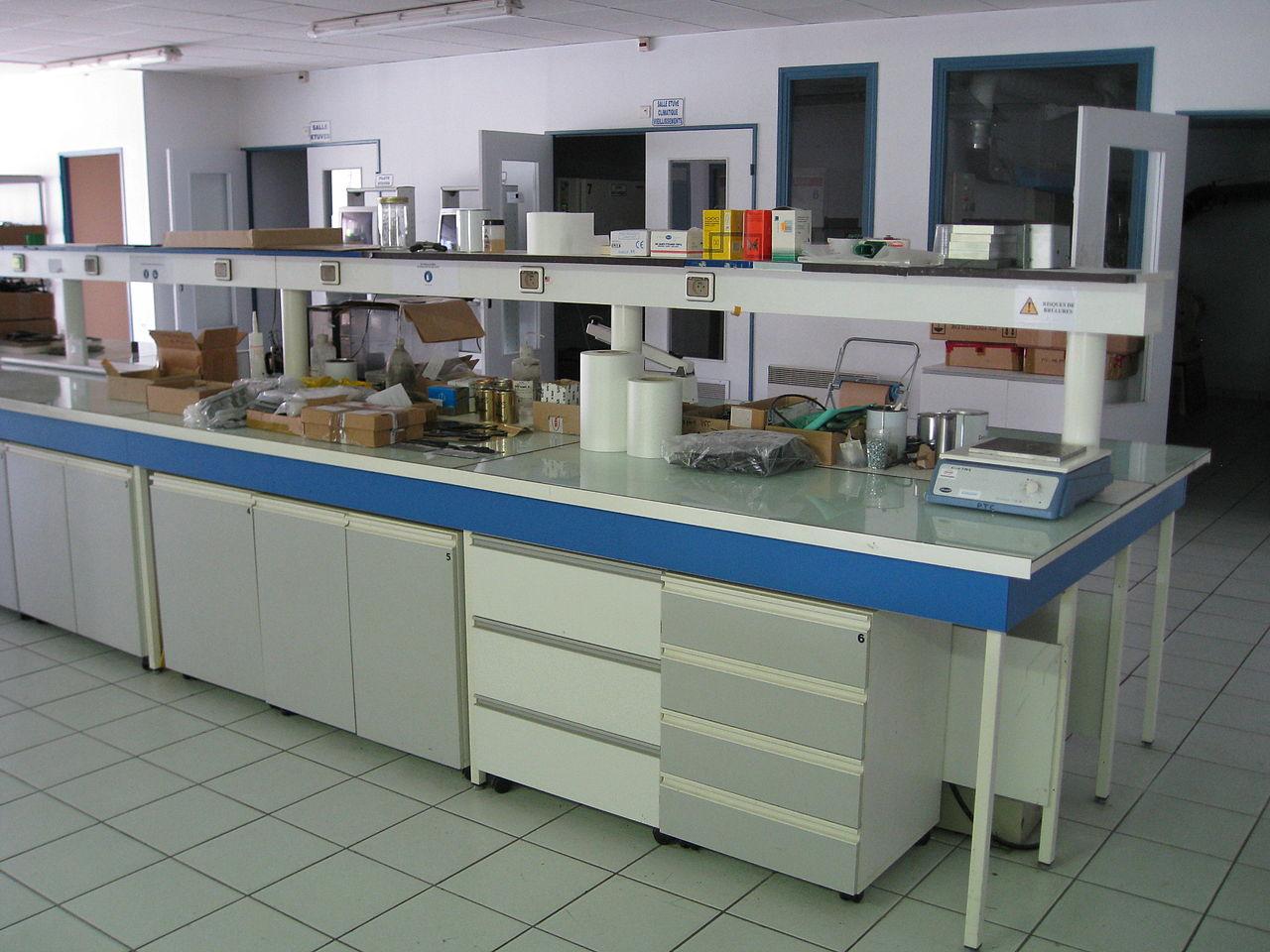In the dynamic field of scientific inquiry, the careful planning of laboratory spaces takes centre stage, particularly in the strategic design of workspaces such as the lab bench. Going beyond the traditional concept of furniture arrangement, this crucial element plays a key role in shaping the future of scientific exploration. It’s a term that encapsulates precision and innovation, strategically navigating the complexities of research, similar to the thoughtful involvement of a human participant in this intricate journey. Lab bench design is a dynamic discipline that ensures laboratories remain at the forefront of innovation, creating optimal environments for researchers.
1. Understanding the Essence of Lab Design
Lab design, a meticulous amalgamation of art and science, involves a profound comprehension of the unique demands posed by scientific research. Beyond the layout of workspaces and placement of equipment, it sets the stage for an environment finely tuned to the specific needs of diverse research endeavours.
2. Efficiency at its Core: Crafting Customised Workspaces for Enhanced Productivity
Efficiency stands as the heartbeat of a thriving laboratory. Customised workspaces, meticulously crafted to align with the intricate demands of experiments, create a harmonious workflow. From adjustable workstations to strategic equipment placement, every design element aims at elevating efficiency and providing researchers an uninterrupted space for immersion in their work.
3. Ergonomic Excellence: Prioritising Comfort in Extended Research Sessions
In the relentless pursuit of scientific breakthroughs, the well-being of researchers takes centre stage. Ergonomic lab design prioritises comfort, offering adjustable chairs, well-designed work surfaces, and ergonomic tools. These considerations mitigate physical strain, fostering an environment where researchers can dedicate extended hours to their studies with sustained creativity and focus.
4. Tech Integration: Transforming Labs into Cutting-Edge Innovation Hubs
Lab design evolves with technological advancements, seamlessly integrating cutting-edge tools. This metamorphosis turns laboratories into innovation hubs, where technology is seamlessly incorporated into workspaces. From accommodating advanced scientific instruments to providing easy access to power sources, tech integration empowers researchers, ensuring labs remain at the forefront of innovation.
5. Sustainability in Action: Green Design for Environmental Responsibility
Sustainability is not just a trend; it’s a fundamental principle in lab design. Opting for eco-friendly materials, implementing energy-efficient lighting, and adopting sustainable practices contribute to creating environmentally responsible laboratories. Green design aligns with a commitment to both scientific progress and ecological stewardship, shaping spaces that echo the responsibility of the scientific community towards our planet.
6. Tailoring Spaces: Customization for Varied Research Needs and Future Flexibility
Research projects are diverse, demanding adaptable environments. Customization in lab design allows laboratories to tailor workspaces to the specific requirements of different experiments. This adaptability ensures flexibility, not just for current research needs but also for future endeavours, making customization pivotal in creating dynamic laboratories.
7. Human-Centric Labs: Fostering Collaboration, Creativity, and Synergies
The laboratory is not merely a sterile space for experiments; it’s a dynamic arena for collaboration and creativity. Human-centric design goes beyond infrastructure, incorporating collaborative spaces, breakout zones, and layouts that encourage interaction among researchers. This fosters a culture of collaboration and creativity, where the exchange of ideas leads to unexpected synergies and groundbreaking discoveries.
8. Design Trends: Navigating the Future of Dynamic Laboratories
Staying informed about design trends is essential for laboratories aspiring to remain at the forefront of research excellence. Exploring the latest trends, from innovative materials enhancing durability to futuristic layouts prioritising flexibility, ensures that laboratories are equipped to meet the evolving demands of the future. Navigating these trends allows laboratories to shape the future of dynamic research spaces.
9. Safety Measures: Integrating Protective Features into Lab Spaces
Ensuring the safety of researchers and the integrity of experiments is a critical aspect of lab design. Integrating security measures, such as proper storage for hazardous materials, and ensuring chemical-resistant surfaces contribute to creating a safe working environment. Safety measures are an integral part of the design process, providing researchers with the confidence to explore and innovate.
10. Smart Storage Solutions: Enhancing Organization and Accessibility
Organisation is the key to a functional laboratory. Design includes smart storage solutions that enhance organisation and accessibility. From built-in storage for equipment to customizable storage units, every element is designed to contribute to a clutter-free and efficient workspace. Smart storage solutions play a pivotal role in maintaining a streamlined and productive laboratory environment.
Conclusion:
In conclusion, lab bench design transcends the realm of furniture arrangement; it is a strategic investment in the future of scientific discovery. By comprehending design principles, prioritising efficiency, embracing technology, fostering collaboration, and staying abreast of trends, laboratories can pave the way for innovative breakthroughs that propel scientific knowledge forward.
Frequently Asked Questions (FAQs)
Q1: How can lab design impact research efficiency?
Lab design optimises workflows, streamlines processes, and creates an environment where researchers can work efficiently, leading to more productive research outcomes.
Q2: What are the key elements of ergonomic lab design?
Ergonomic lab design focuses on features that promote comfort, reduce physical strain, and support the well-being of researchers, such as adjustable work surfaces and comfortable seating.
Q3: How does customization in lab design benefit research projects?
Customization allows labs to adapt workspaces to the specific needs of different research projects, ensuring flexibility and efficiency in the laboratory environment.
Q4: What is the role of technology in lab design?
Technology integration in lab design provides researchers with access to tools, power sources, and data ports, transforming laboratories into innovation hubs.
Q5: Why is sustainability important in lab design?
Sustainability in lab design contributes to environmentally conscious practices, using eco-friendly materials and energy-efficient solutions for a greener laboratory.



